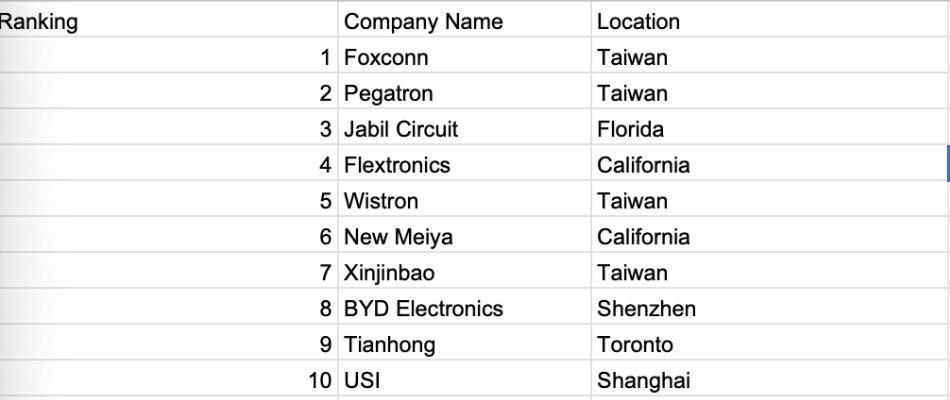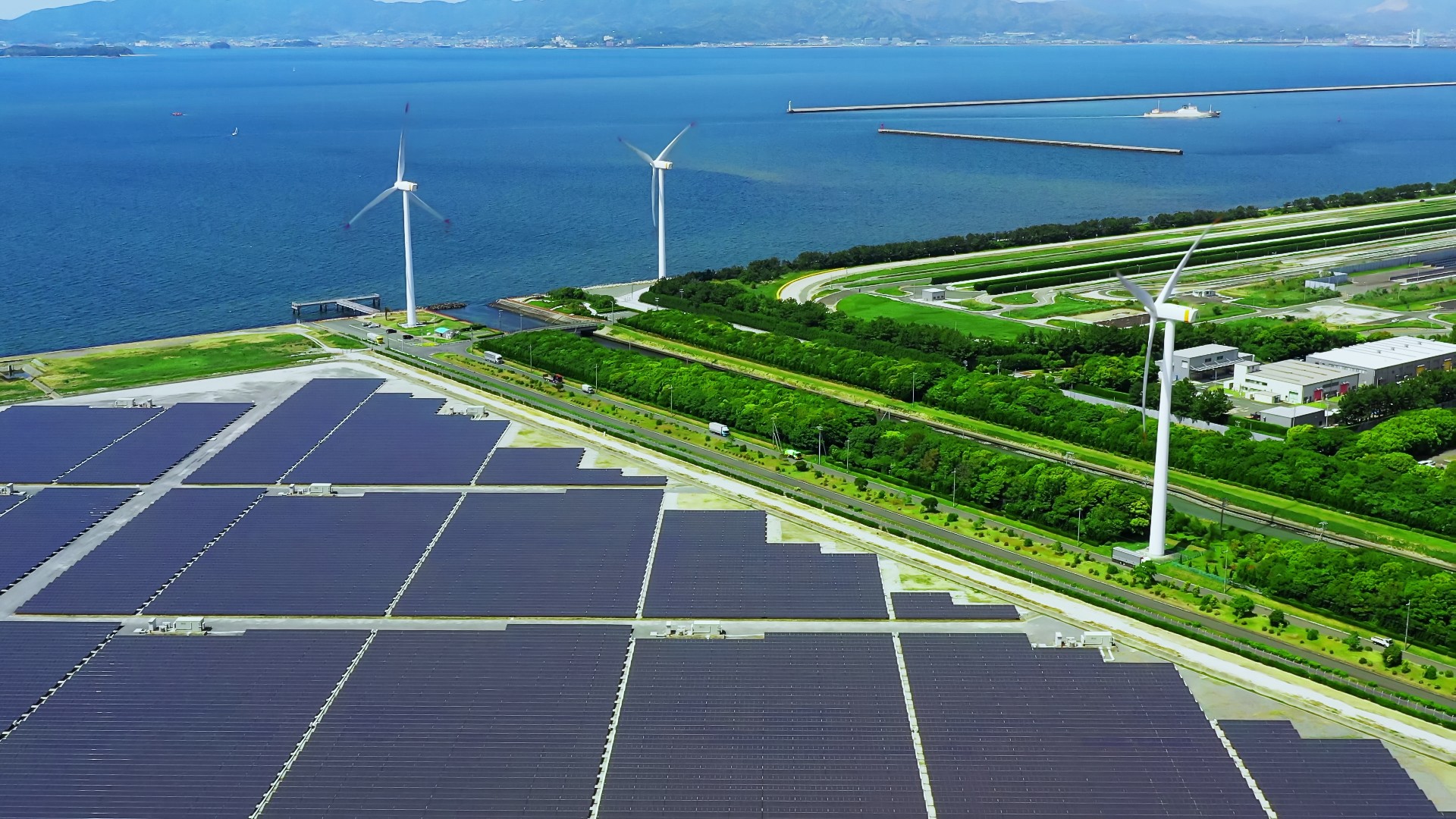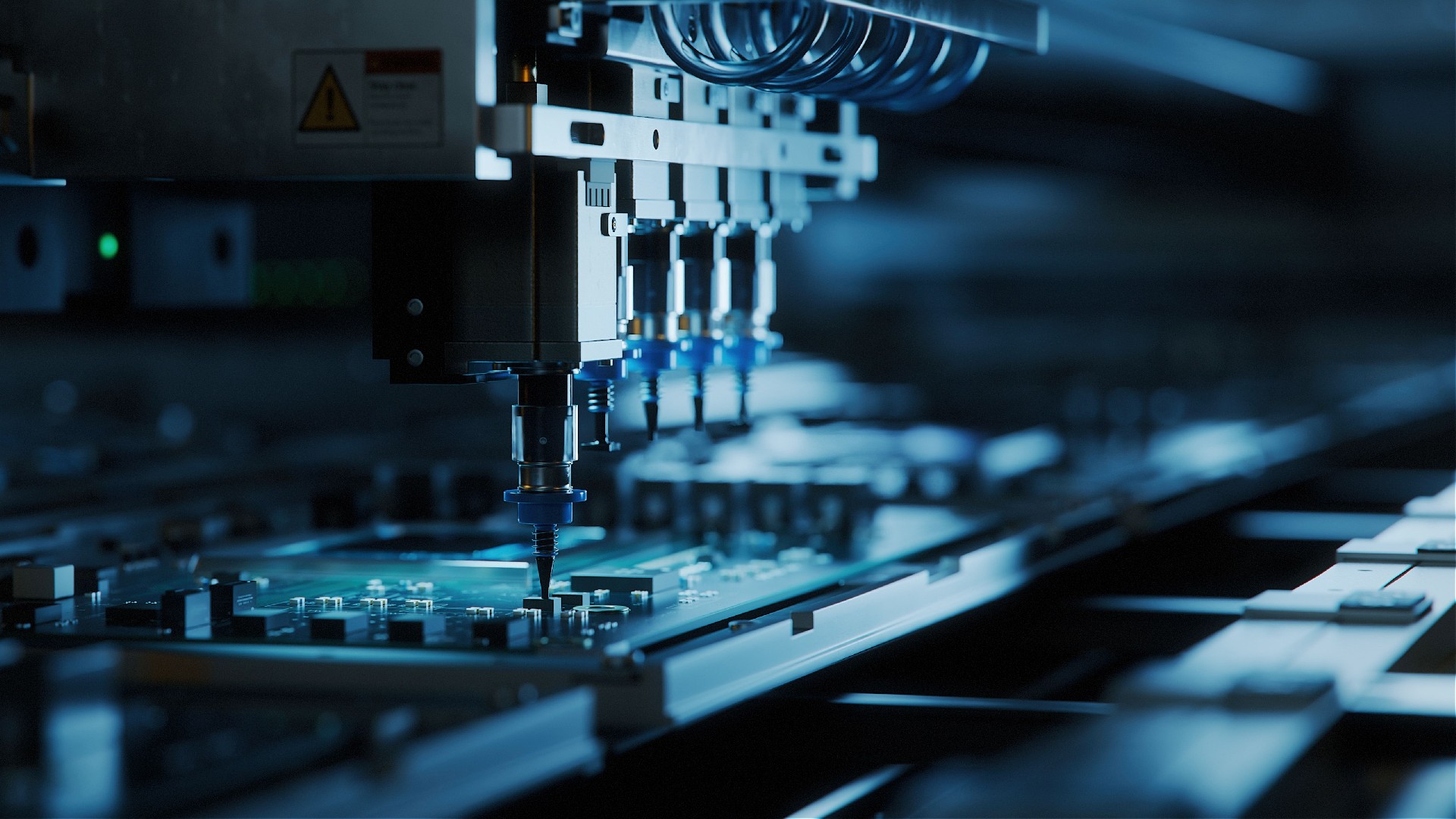The Real Survival Status of Apple Suppliers: On one hand, they are subject to Apple's stringent demands and may face ruthless elimination at any time. On the other hand, if they can hold on, they can reach the pinnacle of the world with a technological advantage that leads the market.
Apple represents the transition from 0 to 1, while its suppliers represent the transition from 1 to 100.
Many attribute Apple's success to Steve Jobs' technological vision and design talent, but everything could be an illusion without a robust supply chain.
In 1996, when former Apple CEO Michael Spindler was removed from his position due to various issues, including supply chain-related problems, media evaluations of him were as follows: "Apple has a top-rated product but cannot deliver it to customers. What could be worse than that?"
Apple is well aware of the importance of the supply chain. Steve Jobs recruited supply chain expert Tim Cook, who had worked at IBM and Compaq, to lead a radical reform. This led to Apple's "heavy selection, heavy management, light elimination" strategy for suppliers. A dedicated team evaluates suppliers comprehensively, and it's not easy for a company to enter Apple's supplier list. Once in, Apple doesn't easily remove them.
To illustrate the relationship between Apple and its suppliers, you can think of it as a "teacher" and "students" analogy: "Apple is like a strict high school teacher. When the teacher finds that some students are falling behind, they may push those students to the back of the class but won't expel them from the class."
Technology can roughly be divided into two categories: innovation and replication.
From 0 to 1, this is what R&D does, and it's what Apple is currently doing and excelling at. Being included in Apple's supplier list means that a company can meet Apple's technical requirements, such as product specifications and parameters.
From 1 to 100, it's what suppliers do regarding production processes, and ultimately, it's about yield rate. The high production volumes of star products like the iPhone, iPad, and iMac are primarily due to Apple's strict control of yield rates, which has made Apple famous for its stringent demands in the industry.
Yield rate is crucial! Under high pressure, there is polarization.
In October 2013, Apple partnered with sapphire screen supplier GT Advanced Technologies. During the collaboration, Apple kept changing the product specifications for sapphire, even rigorously reducing production costs. However, GTAT needed to produce many high-yield sapphire screens within a specified timeframe. In the end, GTAT couldn't bear the burden and had to shut down its factory.A similar story happened with touch screen manufacturer Wintek. Wintek was once the world's second-largest touch panel manufacturer and the largest supplier of touchscreens for the iPhone 4. However, when Apple began using new in-cell touchscreen technology for the iPhone 5, Wintek faced challenges adapting to the change.

Despite making substantial capital investments to expand production lines, Wintek Technology struggled to adapt to the new technology. This led to a significant debt burden. Their challenges came when the entire touchscreen display industry faced severe overcapacity, making Wintek one of the earliest casualties.
When a supplier loses its position with Apple, the impact can be catastrophic for the business. Given this high-pressure environment, one might wonder why Apple suppliers persistently comply with the company's demands and are hesitant to part ways.
Being a part of Apple's supply chain is often perceived as a guarantee of success. This belief is deeply rooted, as demonstrated by the history of Foxconn, also known as Hon Hai Precision Industry Co., Ltd. Every manufacturing company aspires to secure orders from Apple.
Many suppliers have evolved into global frontrunners with Apple's backing. I came across a list titled "Top Ten EMS (Electronics Manufacturing Services) Companies in the World in 2020," more than half of these companies are integrated into Apple's supply chain. Their association with Apple has brought them considerable benefits and growth.

Meanwhile, data indicates that from 2016 to 2020 (excluding 2019), the number of Chinese companies among Apple's top 200 core suppliers has been increasing. There were 73 companies in 2016, 85 in 2017, 86 in 2018, and 96 in 2020.
"Apple pays very close attention to product yield. If Apple proposes a new technology, it will support you, consistently providing orders until you perfect it. Then, Apple might consider introducing a competitor to balance the situation."
As described by an individual with over 15 years of experience in Apple's supply chain, this mirrors the genuine survival situation of Apple's suppliers. On one side, they must adhere to Apple's rigorous standards and might face elimination at any moment. Conversely, if they persevere and excel technologically, they can ascend to global prominence with a market-leading advantage.
Focus on Reality, Examine Typical Cases
One of Synergies's optical clients ranks among the top three lens suppliers for Apple's iPhone.

This customer's industry exhibits three distinct features:
1. It adheres to the industry's most stringent standards as an Apple supplier.
2. Optics demand high-end precision manufacturing. A typical challenge in the lens optics sector is achieving a mere 50-60% yield rate.
3. However, this customer's yield rate has already hit 70-80%, positioning it at the global industry's vanguard.
Still, the primary hurdle for the customer remains yield rate enhancement, with three main obstacles:
The vast array of lens types have fleeting lifespans. As new lens products arise, prior knowledge might need to be updated. Persistent manufacturing advancements mean that it's soon outdated once a satisfactory yield rate is reached. New materials, machinery, and methods might need development.
1. Current lens assembly solutions predominantly use a "trial-and-error" method. Even when shifting to large-scale production, maintaining stable yield rates is challenging. With a foundational change in approach, groundbreaking yield rate improvements are attainable.
2. This customer and the entire optics industry are keen on employing AI data analysis solutions. These solutions simulate parameter optimization during test production, swiftly pinpoint factors influencing yield rates during manufacturing, and bolster industry competitiveness.
How do Synergies tackle these challenge, and what outcomes arise?
How do Synergies tackle these challenges, and what outcomes arise?
Synergies discern the customer's central challenges, detects problems via data gathering, and employs the JarviX enhanced analysis platform. Alongside this, Synergies's distinct "Continuous Improvement Loop" methodology aids the customer in improving yield rates.
Through data acquisition, we identified Optimizing the lens assembly procedure led to decreased labor and reduced trial-and-error expenses.
Moreover, using the three-step JarviX Optical Continuous Improvement Loop method, production line parameters were overseen using Statistical Process Control (SPC). This facilitated swift, real-time, and adaptable monitoring of essential multidimensional parameters, granting early risk alerts and better reaction times to production irregularities, ultimately lowering waste rates. The JarviX root cause analysis feature was also used to determine vital elements affecting optical lens Modulation Transfer Function (MTF) values, boosting problem detection speed and overall yield.
In scenarios where enhancing yield rates was problematic, merging data from injection molding machines, lens assembly data, MTF measurement data, and other sources, the JarviX simulator offered parameter optimization suggestions, further elevating yield rates.
The effective deployment of JarviX ultimately aided the customer in slashing costs and augmenting efficiency, markedly boosting production efficacy, trimming labor expenses by 30%, and amplifying research and development efficiency by 50%.










